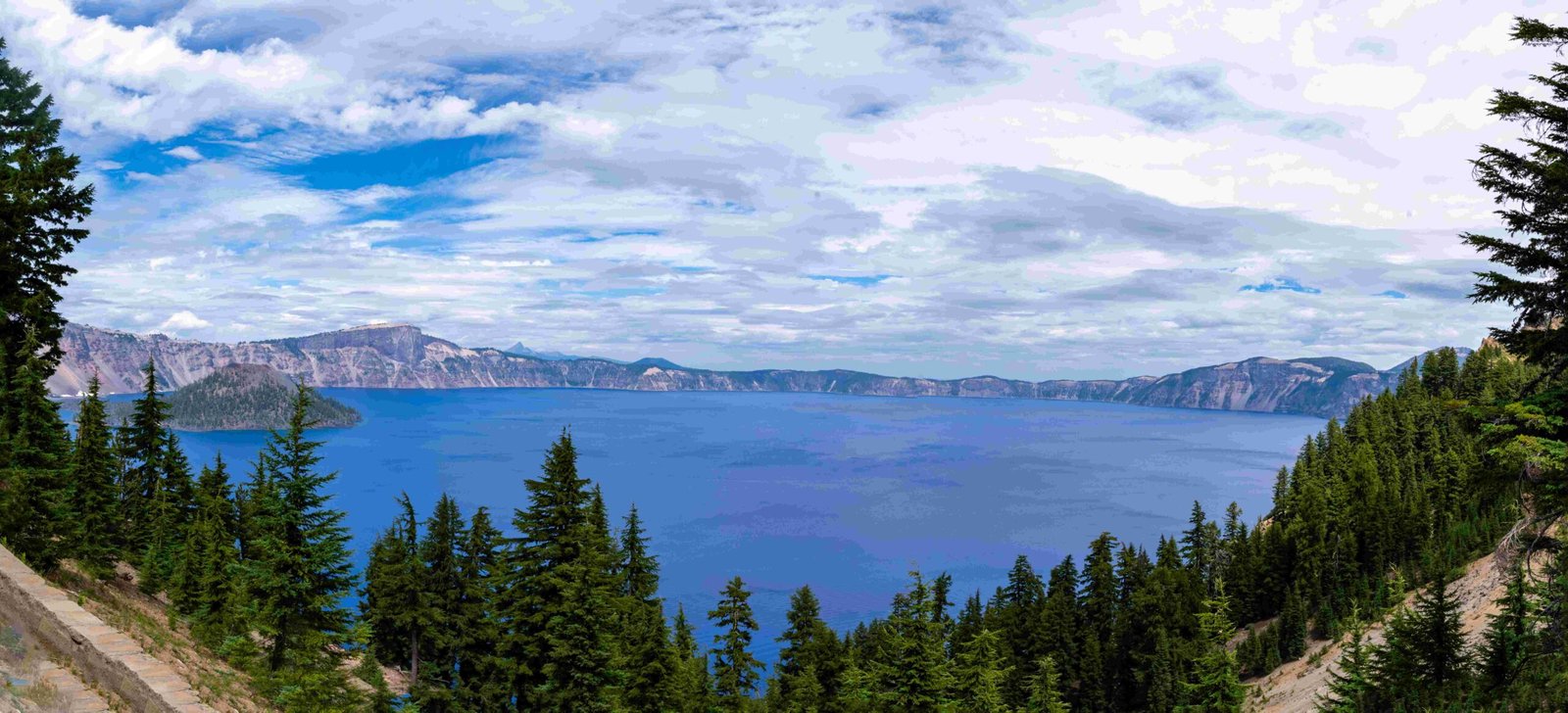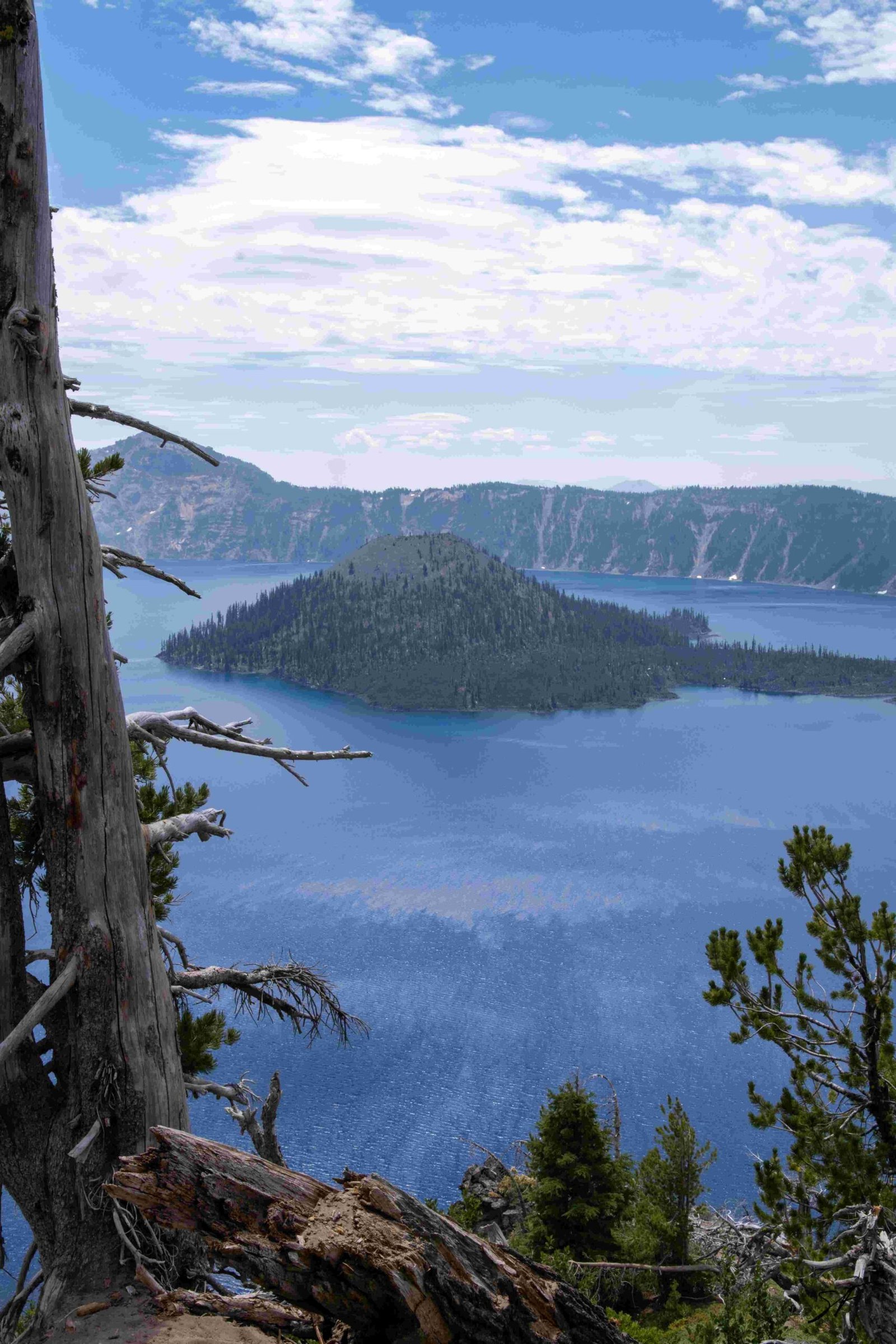Crater Lake, nestled in Klamath County, Oregon, offers a breathtaking natural wonder and a plethora of outdoor adventures. This deep blue lake, formed by a collapsed volcano, is surrounded by pristine forests and rugged cliffs. Visitors can enjoy hiking, boat tours, camping, and photography in this unique landscape. From easy walks to challenging treks, Crater Lake National Park provides diverse experiences for all types of adventurers.
What Are the Best Hiking Trails in Crater Lake National Park?

Crater Lake National Park boasts several hiking trails that cater to different skill levels and interests. Here are some of the top trails:
- Cleetwood Cove Trail
- Distance: 2.0 miles (out and back)
- Elevation Gain: 620 feet
- Difficulty: Moderate
- Time: 1.5 hours
-
Unique Feature: Only trail with lake access
-
Discovery Point Trail
- Distance: 2.4 miles
- Elevation Gain: 337 feet
- Difficulty: Easy
- Time: 1.5 hours
-
Historical Significance: Site where the lake was discovered in 1853
-
Mount Scott Trail
- Distance: 4.2 miles (out and back)
- Elevation Gain: 1,259 feet
- Difficulty: Moderate
- Time: 2.5 hours
-
Highlight: Highest point in the park with panoramic views
-
Pinnacles Trail
- Distance: 0.8 miles (out and back)
- Elevation Gain: 42 feet
- Difficulty: Easy
- Time: 30 minutes
- Geological Interest: Unique volcanic spires
How Can You Experience Crater Lake from the Water?

Crater Lake boat tours offer a unique perspective of this natural wonder:
- Duration: Typically 2 hours for standard tours
- Season: Late June to early September
- Types of Tours:
- Standard Lake Tour: 2-hour circumnavigation of the lake
- Wizard Island Tour: Includes island exploration time
- Special Tours: Occasional sunset cruises (limited availability)
| Tour Type | Duration | Highlights |
|---|---|---|
| Standard Lake Tour | 2 hours | Lake circumnavigation, geology insights |
| Wizard Island Tour | 3-4 hours | Island stop, hiking opportunity |
| Special Tours | Varies | Unique experiences, limited availability |
Reservations are recommended, especially during peak season. Tours depart from Cleetwood Cove, accessible via the Cleetwood Cove Trail.
Where Are the Best Photography Spots in Crater Lake National Park?
Crater Lake offers numerous photogenic locations:
- Rim Drive: Multiple pull-offs with diverse lake views
- Discovery Point: Clear view of Wizard Island
- Cleetwood Cove: Unique shoreline perspective
- Mount Scott: Panoramic vistas from the highest point
Tips for photographers:
– Optimal times: Sunrise and sunset for best lighting
– Permits: Required for commercial photography
– Drone use: Generally prohibited without special permission
What Camping Options Are Available Near Crater Lake?
Several camping options cater to different preferences:
- Mazama Village
- Amenities: Restrooms, showers, picnic tables, fire pits
- Cost: $40-$60 per night
-
Location: Close to Rim Drive, 7 miles from boat launch
-
Lost Creek Campground
- Amenities: Basic facilities (restrooms, picnic tables, fire pits)
- Cost: $10-$20 per night
-
Reservation: First-come, first-served
-
Backcountry Camping
- Permit required (free)
- Primitive camping in various park locations
- Ideal for experienced hikers and campers
| Campground | Amenities | Cost per Night | Reservation |
|---|---|---|---|
| Mazama Village | Full facilities | $40-$60 | Recommended |
| Lost Creek | Basic facilities | $10-$20 | First-come, first-served |
| Backcountry | None | Free (permit required) | Permit needed |
What Unique Geological Features Can You Explore at Crater Lake?
Crater Lake’s geological history offers fascinating exploration opportunities:
- Wizard Island: A cinder cone rising from the lake
- Phantom Ship: A small island resembling a ghost ship
- The Pinnacles: Erosional remnants of volcanic ash deposits
- Pumice Desert: A barren area covered in pumice from the eruption
Visitors can learn about these features through:
– Ranger-led programs
– Interpretive signs along trails
– Exhibits at the Rim Village Visitor Center
How Can You Plan a Year-Round Visit to Crater Lake?
Crater Lake offers unique experiences in every season:
- Summer (July-September)
- Peak season for hiking and boat tours
-
All facilities and roads typically open
-
Fall (October-November)
- Fewer crowds, beautiful fall colors
-
Some facilities begin to close
-
Winter (December-April)
- Snow-based activities: cross-country skiing, snowshoeing
-
Limited access; North Entrance Road and Rim Drive closed
-
Spring (May-June)
- Wildflowers begin to bloom
- Gradual reopening of facilities
| Season | Activities | Access |
|---|---|---|
| Summer | Hiking, boating, camping | Full access |
| Fall | Hiking, photography | Most areas accessible |
| Winter | Skiing, snowshoeing | Limited access |
| Spring | Early hiking, wildlife viewing | Partial access |
What Wildlife Can You Encounter During Crater Lake Klamath County Adventures?
Crater Lake National Park is home to diverse wildlife:
- Mammals:
- Black bears
- Elk
- Mule deer
-
Pine martens
-
Birds:
- Bald eagles
- Clark’s nutcrackers
-
Great gray owls
-
Aquatic life:
- Kokanee salmon (introduced)
- Rainbow trout
Wildlife viewing tips:
– Dawn and dusk are prime times for animal activity
– Maintain a safe distance from all wildlife
– Never feed animals in the park
How Can You Contribute to Crater Lake Conservation Efforts?
Visitors can help preserve Crater Lake’s natural beauty:
- Practice Leave No Trace principles:
- Pack out all trash
- Stay on designated trails
-
Respect wildlife
-
Volunteer opportunities:
- Trail maintenance
- Invasive species removal
-
Visitor education programs
-
Support the Crater Lake National Park Trust:
- Donations
-
Participation in fundraising events
-
Educate others about the park’s ecological importance
By engaging in these crater lake klamath county adventures responsibly, visitors can enjoy this natural wonder while helping to preserve it for future generations.

